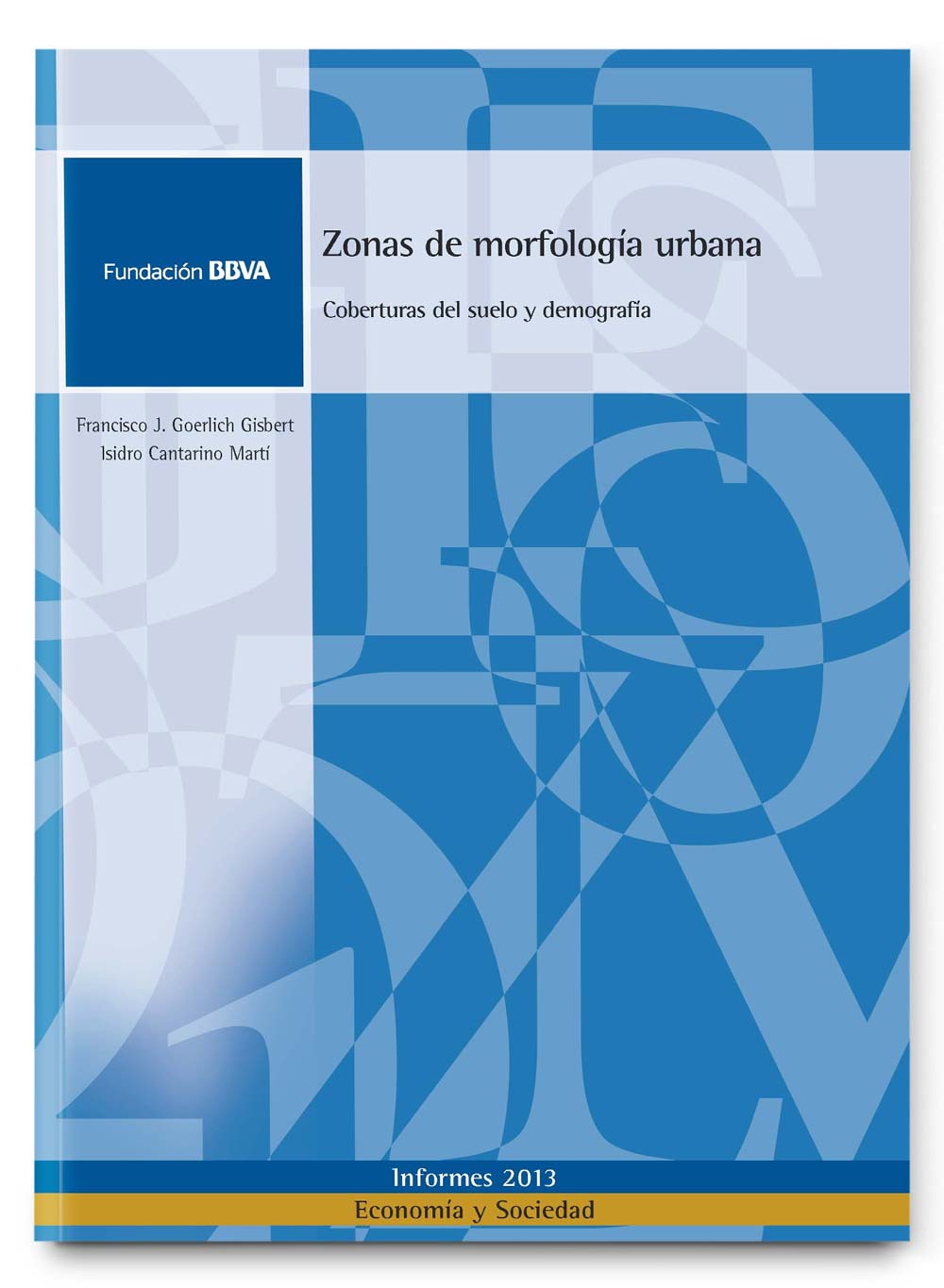Esta web utiliza cookies para que podamos ofrecerte la mejor experiencia de usuario posible. La información de las cookies se almacena en tu navegador y realiza funciones tales como reconocerte cuando vuelves a nuestra web o ayudar a nuestro equipo a comprender qué secciones de la web encuentras más interesantes y útiles.

Urban morphological zones: Land cover and demography
Research works on urban areas usually face the problem of delimiting the scope of these areas with a fair degree of accuracy. This report addresses this difficulty with a completely different approach to the traditional procedures that use demographic principles.
To this end, the recent model developed by the Spanish Natio Geographical Institute, the new Land Cover and Use Information System of Spain (SIOSE) which categorizes land covers in Spain and allows a high degree of detail thanks to its high resolution, is used to define the urban morphological zones (UMZ). Urban areas are established as those artificial areas which shape the complex pattern of densely populated areas, i.e. incorporating not only built-up residential areas, but also areas for administrative, commercial, health and transportation services, artificial parks and gardens. Also a hierarchical model of simple cover allocation is developed.
Once the UMZ are defined, and using the one square kilometer population grid for Spain developed by the authors in a previous report, the population is assigned to each urban area. Next, the most populated UMZ are selected and a set of urban indicators is produced for these zones, such as the surface of green areas or sport facilities per inhabitant.


